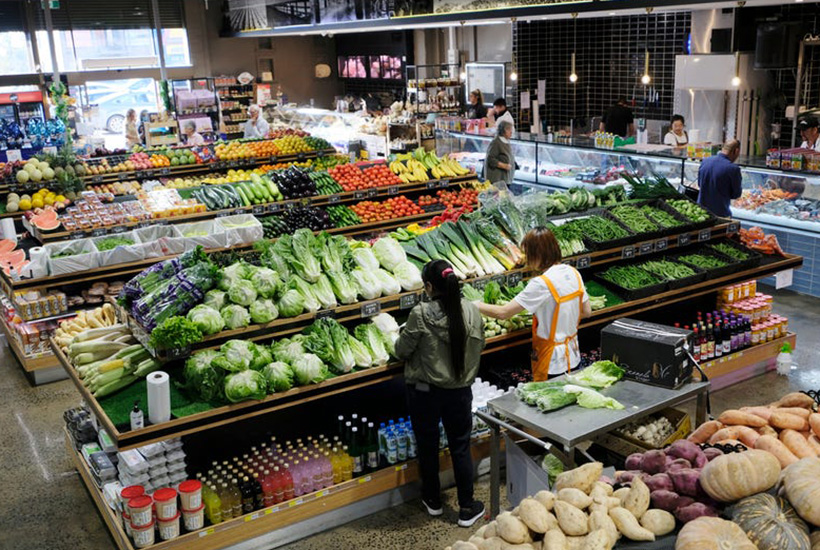Retailers turning their backs on CBDs in favour of the regions

Almost two years since the first COVID-19 restrictions were placed on Australian businesses, the long-awaited recovery of our central business districts is yet to take place.
While many retail categories are performing well, conditions remain tough for city retailers, and leasing demand overall is falling away.
Optimism is waning, with the omicron variant of COVID-19 the latest blow to hopes life would return to normal once vaccine thresholds were met.
It’s now three months since Australia reached its 80% vaccine target, but strict density limits still apply in offices and hospitality venues around much of the country.
The lack of office workers commuting into cities continues to pose a challenge for many retailers, as has the loss of thousands of city residents.
These factors have kept foot traffic – a key driver of success for many retailers – well below pre-COVID levels for close to two years now. Many retailers appear to be done waiting for the recovery and are seeking out opportunities in alternative locations.

There’s also been substantial growth in demand for retail on the Gold and Sunshine Coasts. Picture: Realcommercial.com.au/for-sale
Melbourne CBD’s is a prime example of this trend. The total number of businesses searching to lease retail property in the Melbourne CBD fell by a whopping 49% between 2019 and 2021, while searches in the Sydney CBD fell by 25%.
While Australia’s other CBDs didn’t see a reduction in the total number of retail lease searches, in every city the proportion of businesses looking to set up shop has fallen.
In Queensland, for example, 5.4% of businesses were looking to lease retail space in the Brisbane CBD in 2019, versus just 3.5% in 2021. In South Australia, the proportion of searches in Adelaide fell from 21.2% to 17.6%, while Perth dropped from 12.4% to 8.7%.
Australia’s retail sector is extremely diverse, and while some retailers have struggled, others have thrived. Overall, the demand for retail space exceeded expectations last year, with many businesses looking to take advantage of the new and changing opportunities created by the pandemic.
For example, the rise in remote working has created new opportunities in suburban and regional areas. People are shopping closer to home, and the regions that are seeing the strongest population growth are increasingly being targeted by retailers.

Newcastle is another commuter region that has benefitted from recent population growth. Picture: realcommercial.com.au/for-sale
In New South Wales, demand is shifting to commuter cities, with Wollongong and Newcastle seeing the state’s strongest growth in retail searches. Both these regional cities saw more than double the number of searches to lease retail last year compared to 2019. It was a similar story in Victoria, where Geelong was one of the strongest performers, with retail searches nearly doubling.
In Queensland, the regions with the strongest growth in retail demand are those that have likewise seen the strongest growth in residential demand, with the biggest rises recorded on the Gold and Sunshine Coasts.
The country’s biggest movers, however, were in Western Australia, where retail searches in Midland and Mount Pleasant surged by about 200% between 2019 and 2021.
What isn’t clear just yet, is whether the growth in demand for the suburbs and regions represents a structural shift that will outlast the pandemic.
In our CBDs, the softening of the international border to skilled migrants and students is cause for optimism, but questions remain over how long the recovery will take.







